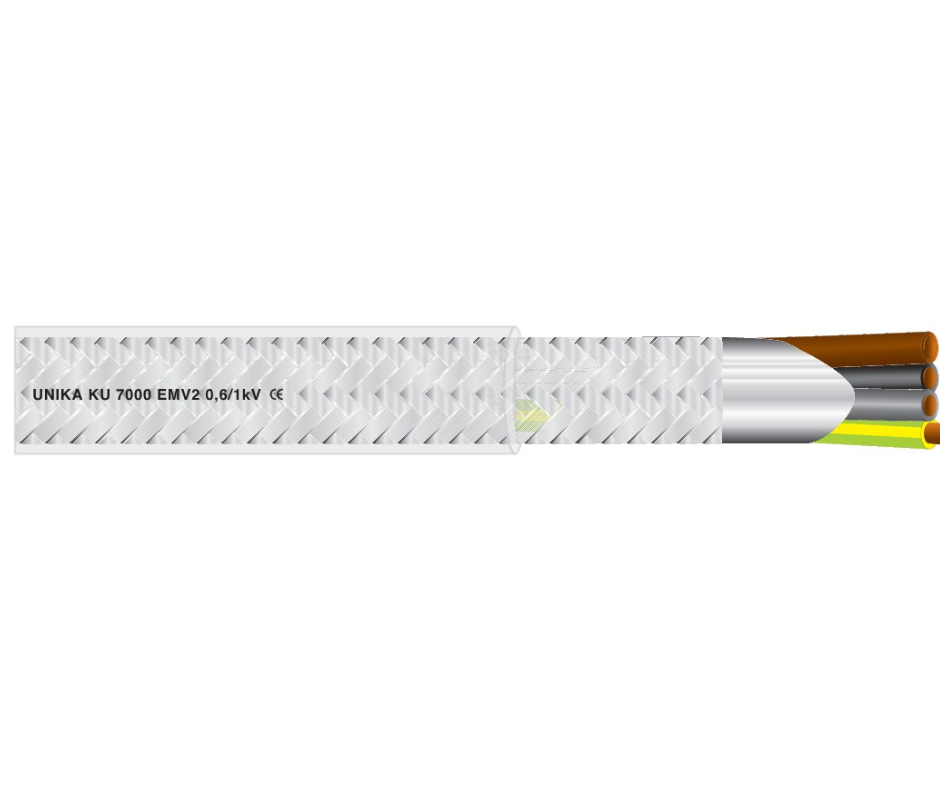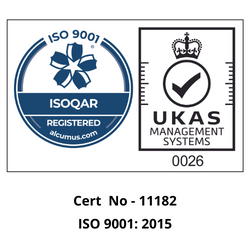The Ascendance of EMC Requirements: Empowering Data Storage and Security
Introduction:
In the ever-evolving landscape of technology, the rise of EMC (Electromagnetic Compatibility) requirements has emerged as a critical component in ensuring the integrity, reliability, and security of electronic devices and systems. This article explores the growing prominence of EMC standards, shedding light on their origins, significance, and the impact they have on the functionality and safety of our interconnected world.
Understanding EMC:
EMC refers to the ability of electronic devices and systems to function properly in their intended electromagnetic environment without causing interference or being susceptible to interference from external sources. EMC encompasses a broad spectrum of considerations, including electromagnetic emissions, susceptibility, and the overall electromagnetic environment in which devices operate.
The Evolution of EMC Requirements:
The genesis of EMC requirements can be traced back to the increasing complexity and interconnectivity of electronic systems. As technology advanced, so did the potential for electromagnetic interference (EMI) and compatibility issues. These challenges prompted the development of standards and regulations to ensure that electronic devices could coexist harmoniously and operate reliably in diverse environments.
Global Standardization Efforts:
Recognizing the need for a unified approach to EMC, international organizations, such as the International Electrotechnical Commission (IEC) and the International Special Committee on Radio Interference (CISPR), have played pivotal roles in developing and maintaining EMC standards. These standards, often adopted at a national level, provide a common framework for manufacturers, designers, and engineers to adhere to, fostering interoperability and reducing the risk of electromagnetic disturbances.
Key Aspects of EMC Requirements:
- Electromagnetic Emissions (EME): EMC standards define limits for the electromagnetic emissions generated by electronic devices. Compliance with these limits ensures that devices do not emit excessive electromagnetic energy, which could interfere with other nearby devices or systems.
- Electromagnetic Susceptibility (EMS): EMS addresses a device’s ability to function correctly in the presence of external electromagnetic fields. Devices must be resilient to interference from sources such as power lines, radio frequency signals, and other electronic devices.
- Cabling and Grounding: Proper cabling and grounding practices are crucial for maintaining EMC. These requirements focus on minimizing the impact of electromagnetic interference through effective grounding techniques and the use of shielded cables.
- Testing and Certification: Compliance with EMC requirements often involves rigorous testing procedures to evaluate a device’s electromagnetic performance. Certification processes ensure that products meet the specified standards and can be safely deployed in diverse environments.
Benefits of EMC Compliance:
- Reliability and Performance: EMC-compliant devices are more likely to operate reliably in real-world scenarios, minimizing the risk of malfunctions or disruptions caused by electromagnetic interference.
- Market Access: Many markets and regions require EMC compliance for electronic devices to be legally sold or deployed. Meeting these requirements grants manufacturers access to a broader customer base and global markets.
- Reduced Interference: By adhering to EMC standards, manufacturers contribute to the reduction of electromagnetic interference, creating a more stable and interference-resistant technology ecosystem.
Conclusion:
As electronic devices become increasingly integral to our daily lives, the rise of EMC requirements stands as a testament to our commitment to building a technologically advanced and interconnected world. By ensuring that devices can coexist harmoniously in diverse electromagnetic environments, EMC standards play a pivotal role in shaping the future of technology, fostering innovation, and promoting a more reliable and secure digital landscape.
Our full Range of Screened Cables can be found on our site www.contactcables.com






